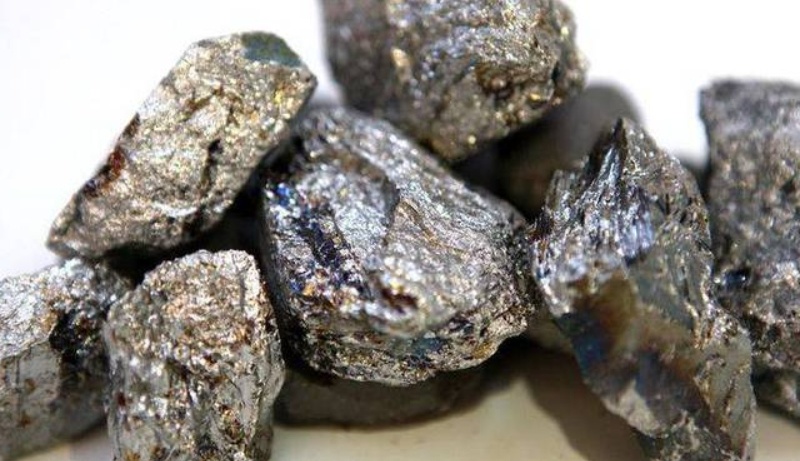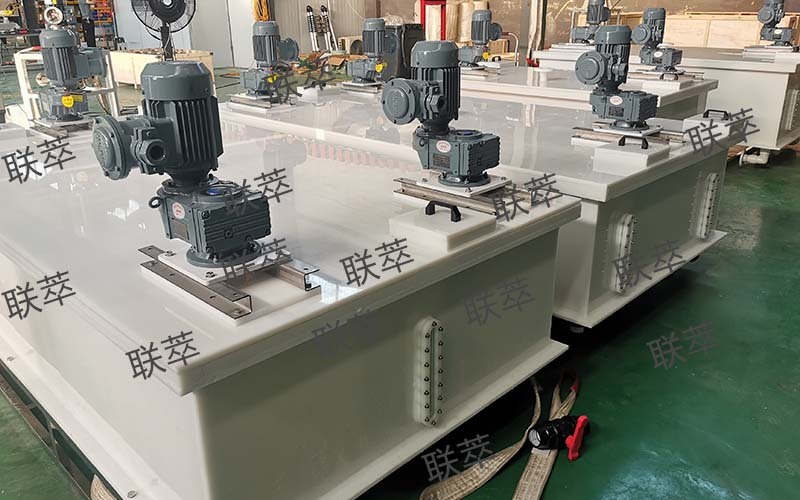News Center
social responsibility

hot line: +86 13255260239
mailbox: yaodongwang65@gmail.com
address: Room 702A11, Building 1, Jinan Science and Technology Innovation Center, Guangdong Pu Science and Technology, 500 meters southeast of the intersection of Kejia Road and Chunxiu Road, High-tech Zone, Jinan City, Shandong Province
hot line: +86 13255260239
mailbox: yaodongwang65@gmail.com
address: Room 702A11, Building 1, Jinan Science and Technology Innovation Center, Guangdong Pu Science and Technology, 500 meters southeast of the intersection of Kejia Road and Chunxiu Road, High-tech Zone, Jinan City, Shandong Province



![]() Release date:2024.11.26
Release date:2024.11.26
![]() Page view:49
Page view:49
Tantalum (Ta) and niobium (Nb) are two metallic elements with very similar properties, and they often coexist in the same mineral, such as Columbite-Tantalite. Because the two are chemically very similar, their separation is a technical challenge. At present, tantalum niobium separation methods commonly used in industry mainly include the following:

Alkali melting-acid leaching method
- The tantalum-niobium ore is mixed with a base (such as sodium hydroxide or sodium carbonate) and melted at high temperatures to convert the tantalum-niobium compound into a soluble sodium salt. The molten product is leachated with water to form an aqueous solution containing tantalum and niobium. Next, by adjusting the pH value or adding a precipitating agent, tantalum or niobium can be preferentially precipitated to achieve separation.
Solvent extraction method
- Using the different selective dissolution capacities of organic solvents for tantalum and niobium, they are separated from aqueous solutions. For example, P204 (bis (2-ethylhexyl) phosphate) can be used as an extractant to selectively extract tantalum from acidic media, while niobium remains in the water phase. After changing the conditions, niobium can also be extracted in reverse.
Ion exchange method
Tantalum and niobium have different ion morphology and charge state under different pH conditions, which can be used to separate the two by ion exchange resin. For example, the use of strong acid-type cation exchange resins can preferentially adsorb tantalum or niobium under certain pH conditions.
Precipitation method
- According to the solubility difference of tantalum niobium compounds under different conditions, one of the elements is separated by adding an appropriate precipitating agent. For example, adding ammonia to a solution containing tantalum-niobium produces a hydroxide precipitation of niobium, while tantalum remains in the solution.
Electrochemical deposition method
- During electrolysis, by controlling the potential, tantalum or niobium can be preferentially deposited on the cathode, thus achieving separation. This method is suitable for tantalum-niobium solutions that have been preliminarily separated by other methods.
Fluoride process
The fluoride method is based on the volatility difference of tantalum niobium fluoride at different temperatures to separate. Usually at high temperatures, the fluoride of tantalum is volatilized, while the fluoride of niobium remains in the residue, thus achieving separation.

These methods often need to be combined and optimized according to the specific ore properties and the requirements of the target product in order to achieve greater separation effects and economic benefits. In actual industrial production, multistage processing may also be involved to ensure that the purity of the final product meets market demand.
Hot spot
Welcome to contact you by phone
Working hours(8:30-20:30)Enquiry hotline
+86 13255260239
Pay attention to customer service wechat
Working hours(8:30-20:30)

